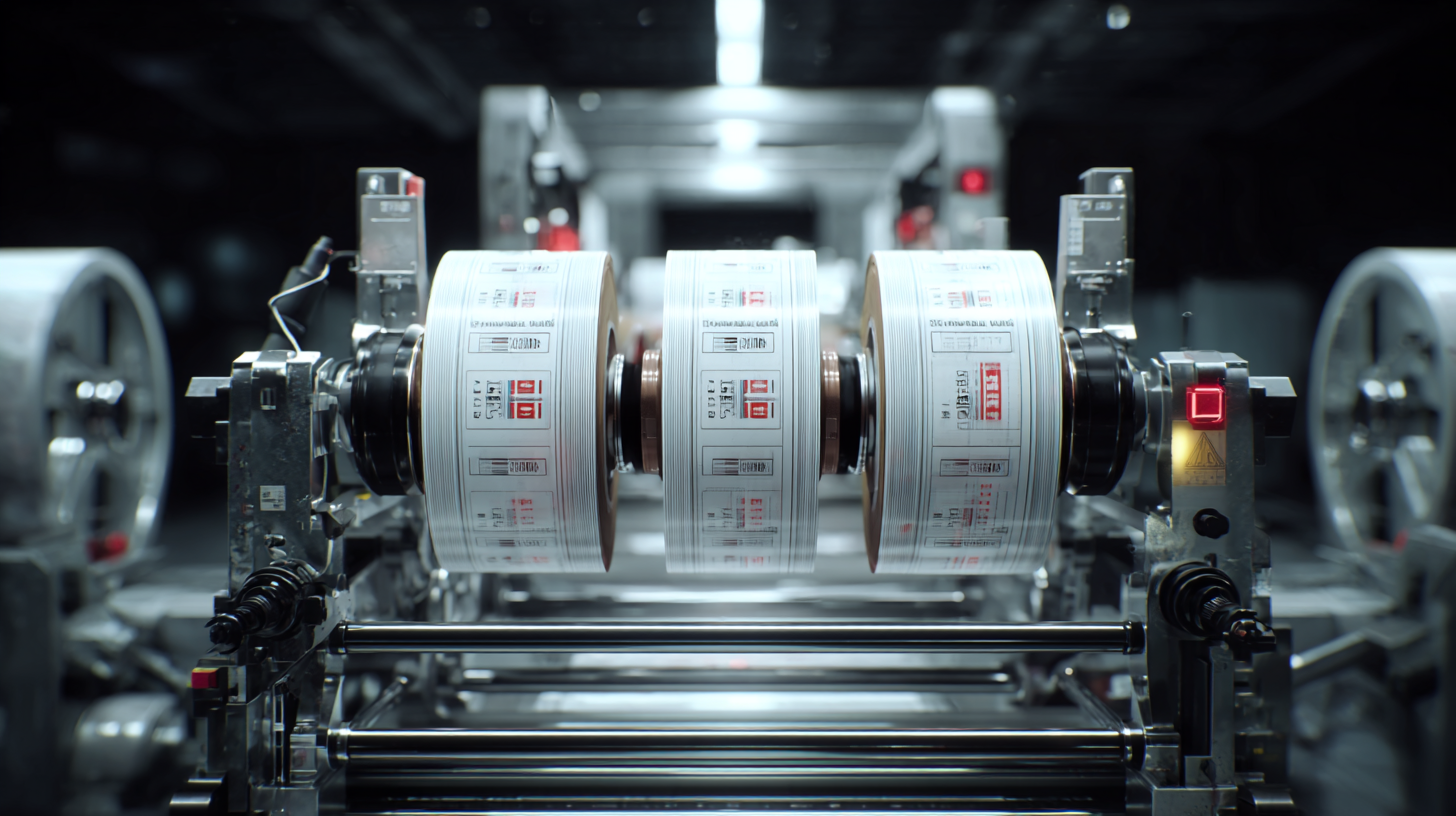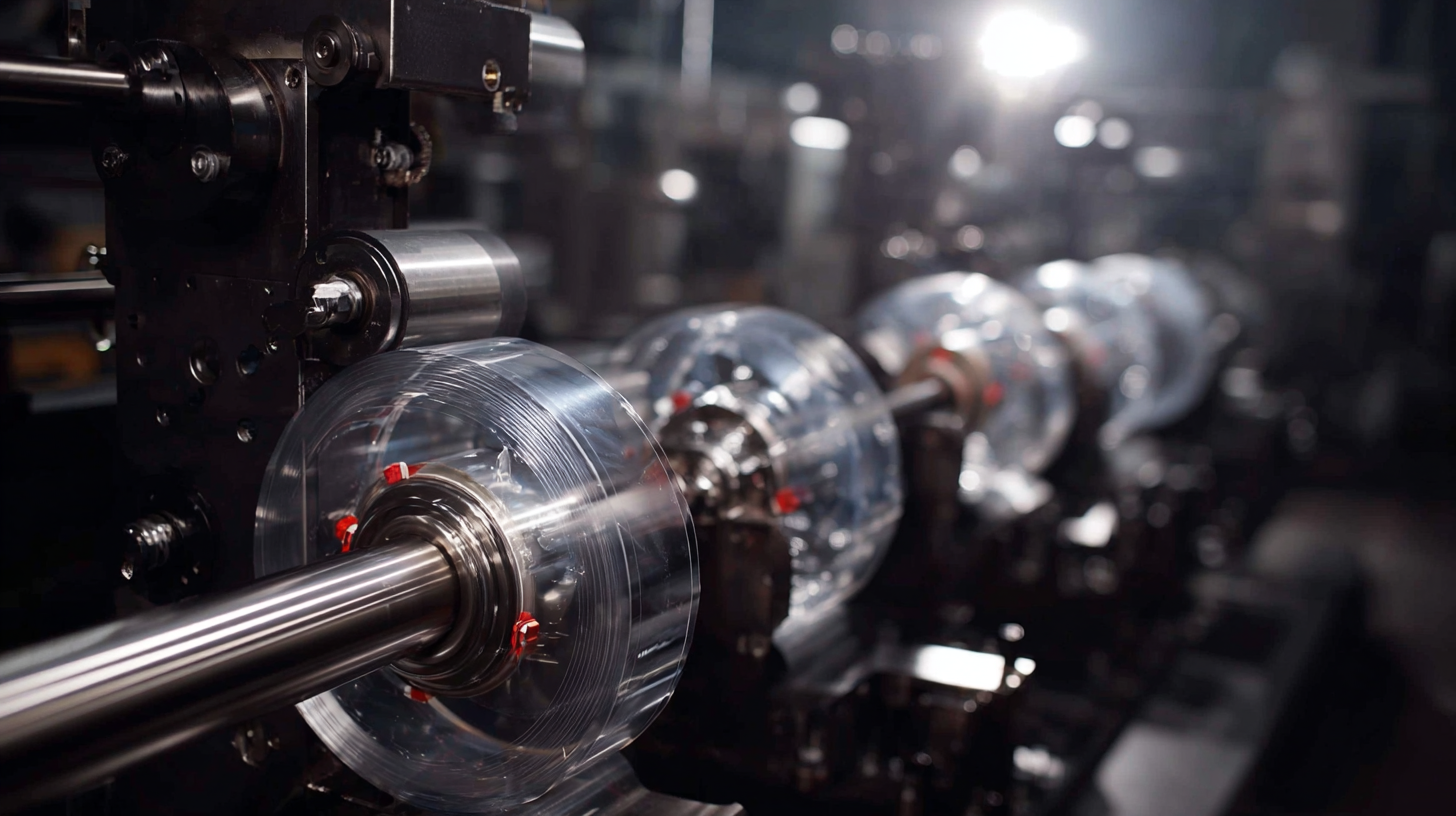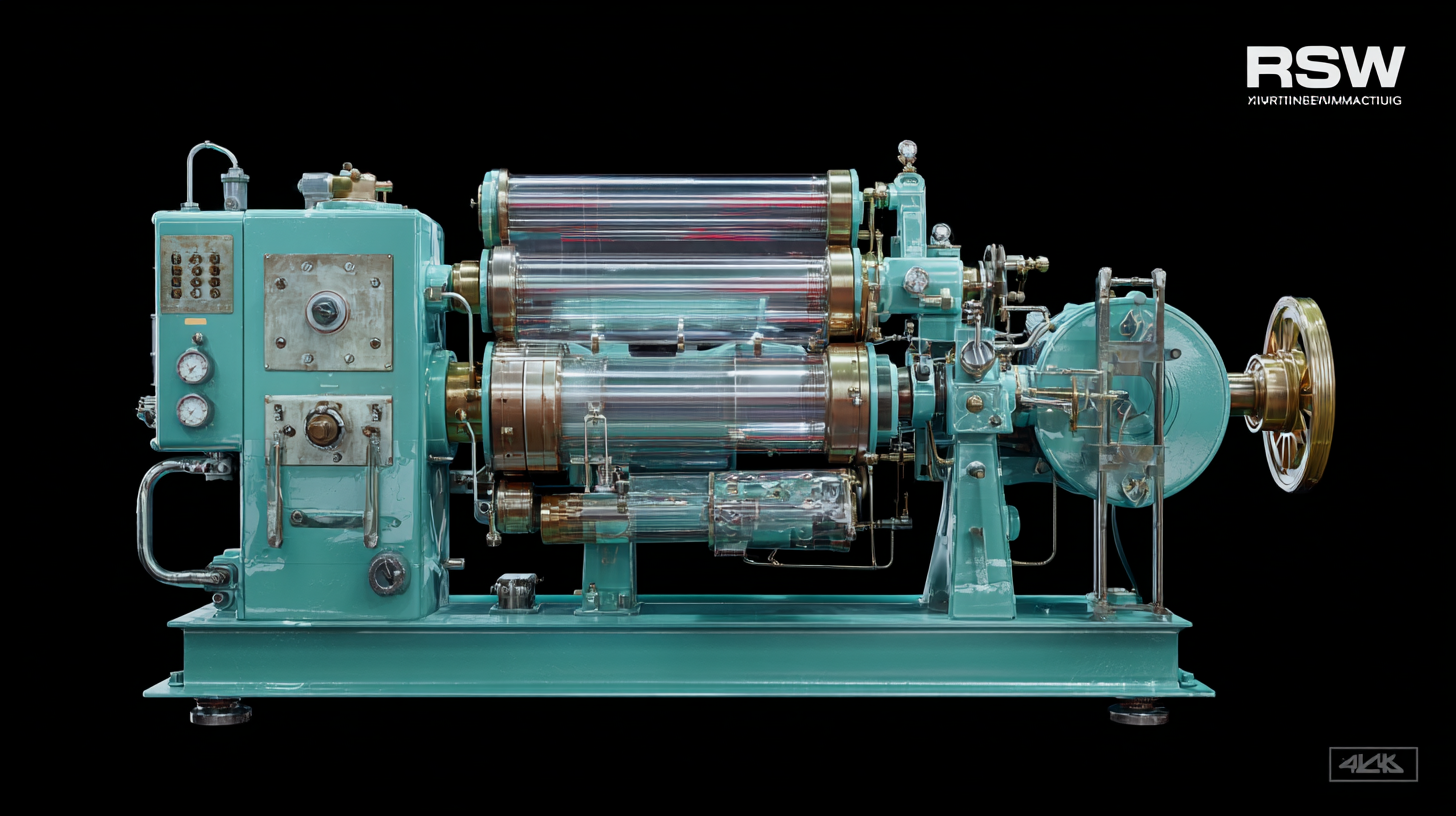
Exploring the Distinct Features and Applications of Blown Film Extrusion Machines
 In the world of manufacturing, the Blown Film Extrusion Machine stands out as a vital piece of technology that revolutionizes the production of plastic films. This intricate machinery plays a crucial role in the creation of various products, ranging from packaging materials to agricultural films, each serving distinct purposes in different industries. Understanding the unique characteristics of blown film extrusion machines and their diverse applications is essential for businesses looking to optimize their production processes and adapt to market demands. By exploring the specific features, advantages, and applications of this technology, companies can make informed decisions that enhance efficiency and sustainability, ultimately leading to improved product performance and competitiveness in the marketplace.
In the world of manufacturing, the Blown Film Extrusion Machine stands out as a vital piece of technology that revolutionizes the production of plastic films. This intricate machinery plays a crucial role in the creation of various products, ranging from packaging materials to agricultural films, each serving distinct purposes in different industries. Understanding the unique characteristics of blown film extrusion machines and their diverse applications is essential for businesses looking to optimize their production processes and adapt to market demands. By exploring the specific features, advantages, and applications of this technology, companies can make informed decisions that enhance efficiency and sustainability, ultimately leading to improved product performance and competitiveness in the marketplace.
Unique Characteristics of Blown Film Extrusion Machines
Blown film extrusion machines are pivotal in the manufacturing of plastic films, exhibiting unique characteristics that set them apart from other extrusion processes. One of the most distinctive features is their ability to produce films with superior strength and clarity, primarily due to the biaxial orientation process. According to a report by MarketsandMarkets, the blown film extrusion market is projected to grow from USD 6.63 billion in 2020 to USD 8.89 billion by 2025, showcasing the increasing demand for high-performance films in various applications.
Another remarkable characteristic of blown film extrusion machines is their versatility in production. These machines can process a wide range of polymers, from low-density polyethylene (LDPE) to more complex materials like multilayer films. The flexibility in design allows manufacturers to create films with specific properties, such as enhanced barrier resistance against moisture and gases, which is crucial for packaging applications. As per a study by Grand View Research, the packaging sector accounted for over 50% of the blown film market share in 2021, indicating a robust demand driven by the need for high-quality packaging solutions in food safety and pharmaceuticals.
Moreover, advancements in technology are also leading to increased efficiency and reduced waste in the blown film extrusion process. Modern machines are now equipped with better cooling systems and automation controls, resulting in higher throughput and lower operational costs. The integration of Industry 4.0 principles, such as real-time monitoring and optimization, further enhances production capabilities while minimizing environmental impact, making blown film extrusion machines an invaluable asset in the modern manufacturing landscape.
Exploring the Distinct Features and Applications of Blown Film Extrusion Machines
| Feature/Application | Description | Material Compatibility | Common Usage |
|---|---|---|---|
| Bubble Formation | Creating a continuous film by blowing air into the extruded tube. | LDPE, LLDPE | Packaging materials, bags |
| Die Design | Customizable dies for controlling thickness and width of the film. | HDPE, PP | Industrial packaging, agricultural films |
| Cooling System | Air or water cooling to solidify the film rapidly. | Various plastics | Food packaging, protective coverings |
| Thickness Control | Adjustable controls for precise film thickness. | PET, PVC | Medical packaging, consumer goods |
| Multi-Layer Capability | Ability to produce multi-layer films for enhanced properties. | Composite materials | Advanced packaging solutions, barrier films |
Key Benefits of Blown Film Technology in Packaging Industries
Blown film technology has revolutionized the packaging industry, offering distinct advantages that enhance both product protection and consumer convenience. One of the key benefits of blown film is its superior barrier properties, which are essential for preserving the freshness of perishable goods. According to a report by Freedonia Group, the global market for flexible packaging, primarily driven by blown film, is projected to reach $290 billion by 2024, indicating a strong trend toward more sustainable and efficient packaging solutions.
Another significant aspect is the versatility and adaptability of blown film extrusion. This enables manufacturers to create films in various thicknesses and structures tailored to specific applications. This flexibility results in reduced material waste and cost-efficiency. The Plastics Industry Association notes that the use of blown films can lead to a reduction in plastic consumption by up to 30%, particularly in primary packaging applications. As businesses increasingly prioritize sustainability, blown film technology not only meets ecological standards but also enhances product safety and shelf life, making it a preferred choice among packaging solutions in various industries.

Applications of Blown Film Extrusion Across Various Sectors
Blown film extrusion is a fascinating process that plays a crucial role across various sectors ranging from packaging to agriculture. In the packaging industry, blown film extrusion machines produce thin, flexible films that are essential for wrapping products, ensuring freshness, and preventing contamination. The ability to create lightweight yet durable films has revolutionized the way products are packaged, significantly reducing material costs while enhancing sustainability through recyclable options.
In the agricultural sector, blown film technology is employed to manufacture greenhouse coverings and mulch films. These films not only help in optimizing crop growth by regulating temperature and humidity but also protect crops from pests and harsh weather conditions. Moreover, the versatility of blown films extends to medical applications, where they are used in sterile packaging to ensure that critical medical supplies remain uncontaminated until they reach the end user. Each sector leverages the unique properties of blown films to meet specific needs, showcasing the technology's broad applicability and importance in modern manufacturing.
Applications of Blown Film Extrusion Across Various Sectors
Comparative Advantages Over Other Film Extrusion Methods
Blown film extrusion machines have gained significant traction in the packaging industry due to their unique advantages over other film extrusion methods. According to a report by Grand View Research, the global blown film extrusion market is projected to reach $35.16 billion by 2025, driven by the growing demand for flexible packaging solutions. One of the primary comparative advantages is the ability to produce films with superior mechanical properties. Blown films typically exhibit higher tensile strength and puncture resistance, making them ideal for applications that require durability, such as agricultural films and food packaging.
Another notable advantage of blown film extrusion is its superior thickness uniformity, which is essential for consistent performance in packaging applications. The process enables manufacturers to achieve a more even distribution of material, reducing defects and enhancing the film's barrier properties. A study by the Freedonia Group indicates that blown films account for nearly 60% of the total film production in the United States, underscoring their dominance in the market. Furthermore, the ability to easily incorporate additives into the blown film process allows for customized solutions tailored to specific end-use requirements, solidifying the blown film extrusion method as a preferred choice in a variety of packaging applications.

Future Trends and Innovations in Blown Film Extrusion Technology
The blown film extrusion industry is witnessing substantial advancements as manufacturers increasingly integrate innovative technologies to enhance productivity and sustainability. According to a recent report by MarketsandMarkets, the global blown film extrusion market is expected to reach $5.67 billion by 2026, growing at a compound annual growth rate (CAGR) of 5.8% from 2021. This growth is largely driven by the rising demand for flexible packaging solutions, which are not only lightweight but also offer superior protection for products.
Among the emerging trends, the incorporation of smart technologies, including IoT and AI, is revolutionizing the operational efficiency of blown film extrusion machines. These technologies enable real-time monitoring and predictive maintenance, reducing downtime and enhancing product quality. Additionally, there is a marked shift towards the use of biodegradable and recyclable materials in response to stringent environmental regulations. The Ellen MacArthur Foundation highlights that implementing circular economy principles in plastics can reduce greenhouse gas emissions by up to 70%. As companies strive for sustainability, the evolution of blown film extrusion technology will play a pivotal role in shaping the future of packaging materials.